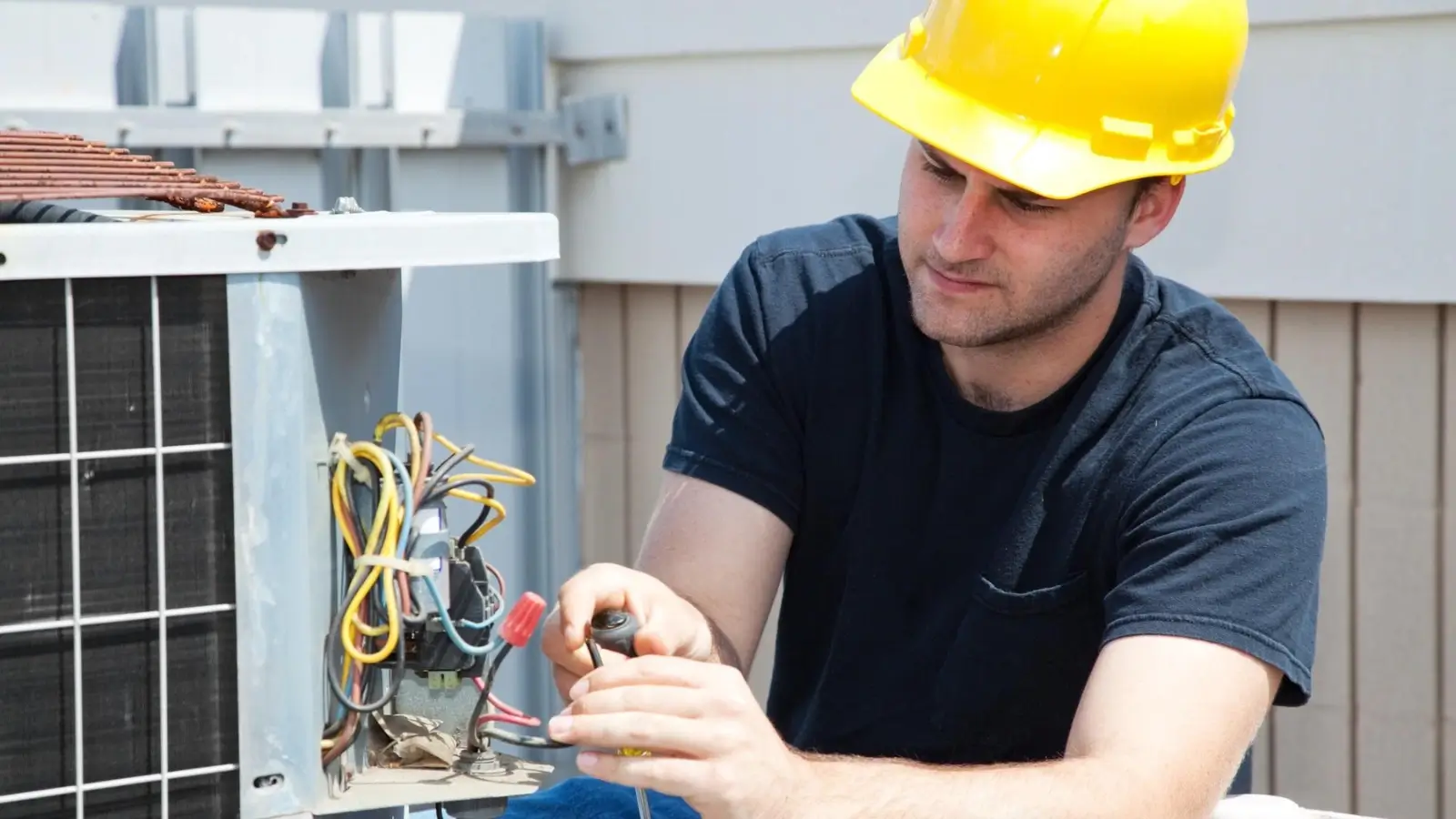


Compressed air systems are essential for many industrial operations across New England. From manufacturing plants to food processing facilities, these systems help power tools, control machinery, and support production lines. However, like any mechanical system, they can develop problems that reduce efficiency or halt operations. This article outlines the practical steps technicians take to troubleshoot compressed air system problems.
The first step in troubleshooting is recognizing when something is wrong. Technicians specializing in Compressed air system repair in New England look for signs like unusual noises, drops in pressure, or longer run times. In New England, where factories often operate year-round, even small changes in system behavior can signal larger issues. Operators might report inconsistent performance or higher energy bills, which can point to inefficiencies. Experienced experts know how to interpret these early warnings and begin their investigation accordingly.
Air leaks are one of the most common causes of wasted energy in compressed air systems. Technicians use ultrasonic leak detectors to find escaping air, which is not always visible or audible to the human ear. These leaks can occur anywhere, around fittings, valves, or hoses, and are more likely to develop over time due to vibration or temperature shifts. In New England’s variable climate, metal components may expand and contract with seasonal changes, increasing the chance of leaks. Fixing them promptly helps maintain system efficiency and lowers operating costs.
A clogged intake filter or an overheated cooling system can severely impact compressor performance. Professionals inspect filters for dust buildup and ensure cooling fans are working properly. In industrial settings across New England, airborne particles from nearby operations can accumulate faster than expected. Overheating can also occur if airflow around the unit is restricted. Regular inspection of these parts helps prevent unexpected shutdowns and extends equipment life.
Moisture builds up inside compressed air systems and must be removed through condensate drains. If these drains fail, water can collect in the system and damage downstream equipment. Technicians test automatic drains to confirm they are functioning correctly and clean them if needed. In the humid summers of New England, moisture levels tend to rise, making proper drainage even more important. Ignoring this part of maintenance can lead to corrosion and poor air quality.
Consistent pressure and stable temperatures are key indicators of system health. Technicians monitor gauges and compare readings against normal operating ranges. Sudden fluctuations may suggest a failing component or blockage somewhere in the system. In colder months, low ambient temperatures can affect how quickly the system reaches optimal operating heat. Tracking these metrics over time helps identify trends that could signal deeper issues.
Dryers remove moisture from compressed air before it reaches end-use applications. If the dryer underperforms, moisture can enter sensitive equipment or compromise product quality. Technicians evaluate dryer performance by checking dew point levels and looking for signs of saturation. In industries such as pharmaceuticals or electronics, where New England has a strong presence, air purity is especially critical. A well-functioning dryer ensures reliable results and protects investment in downstream tools.
Modern compressors rely on electronic controls to manage operation cycles, pressure settings, and system coordination. Technicians inspect control panels, wiring connections, and sensors to make sure everything communicates correctly. Faulty electrical components can cause erratic behavior or false error messages. In older facilities, outdated controls may need upgrades to match current efficiency standards. Ensuring these systems work together avoids unnecessary wear and improves reliability. Loose connections or corroded wires can disrupt signals and lead to inconsistent performance. Experts also test safety switches and relays to confirm they respond as expected under normal and high-demand conditions.
Excessive vibration or unusual noises often point to mechanical stress or misalignment. Experts place a hand on the unit to detect abnormal movement and use listening tools to pinpoint sources of noise. Bearings, belts, and couplings are common trouble spots that show symptoms through sound or motion. In large industrial sites in New England, early detection of vibration issues can prevent costly breakdowns. Regular checks help catch problems before they escalate into major repairs.
Maintaining compressed air systems requires attention to both standard practices and regional conditions. Cold winters and high humidity influence how systems perform and age over time. Technicians specializing in Compressed air system repair in New England follow a structured approach to diagnose and resolve problems, ensuring continuous operation and energy efficiency. By focusing on specific areas like leaks, filters, drains, and controls, they keep industrial processes running smoothly.